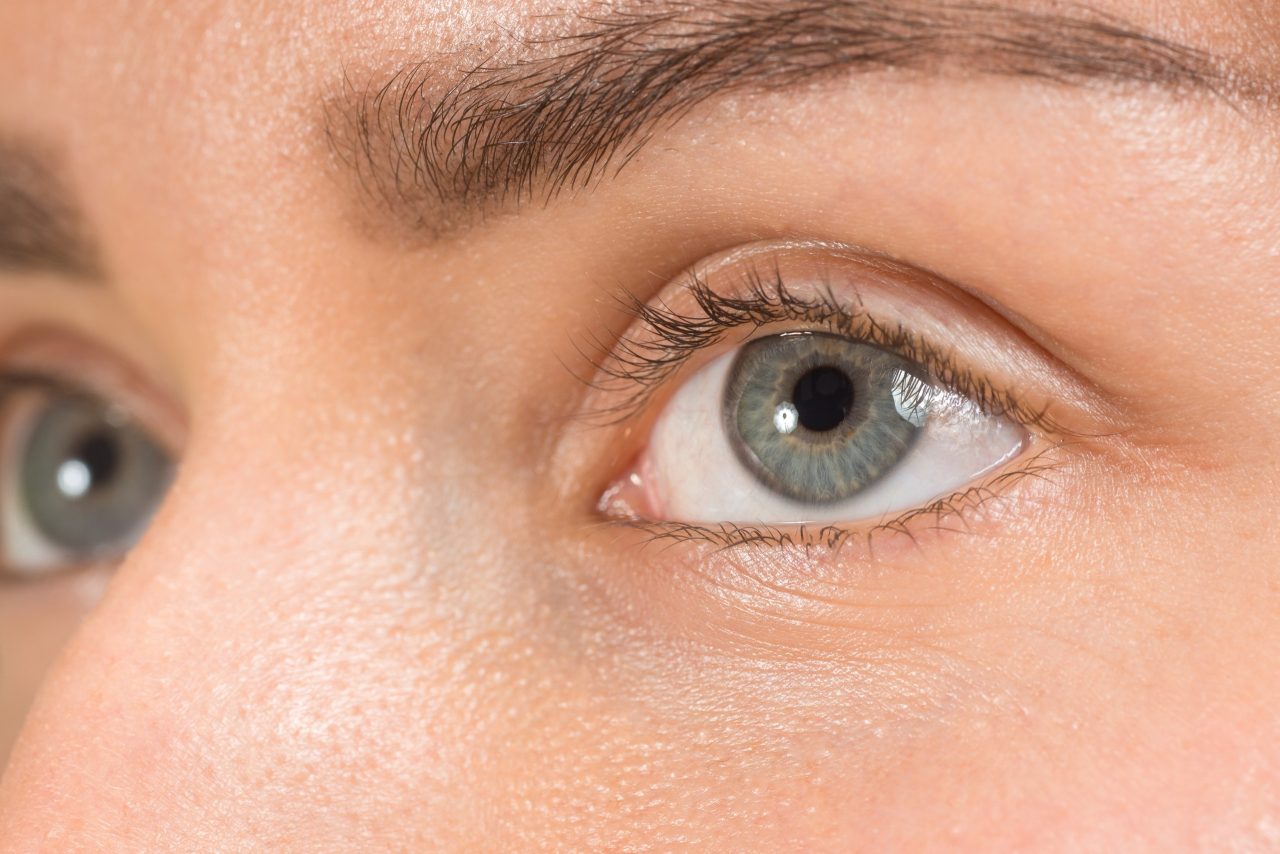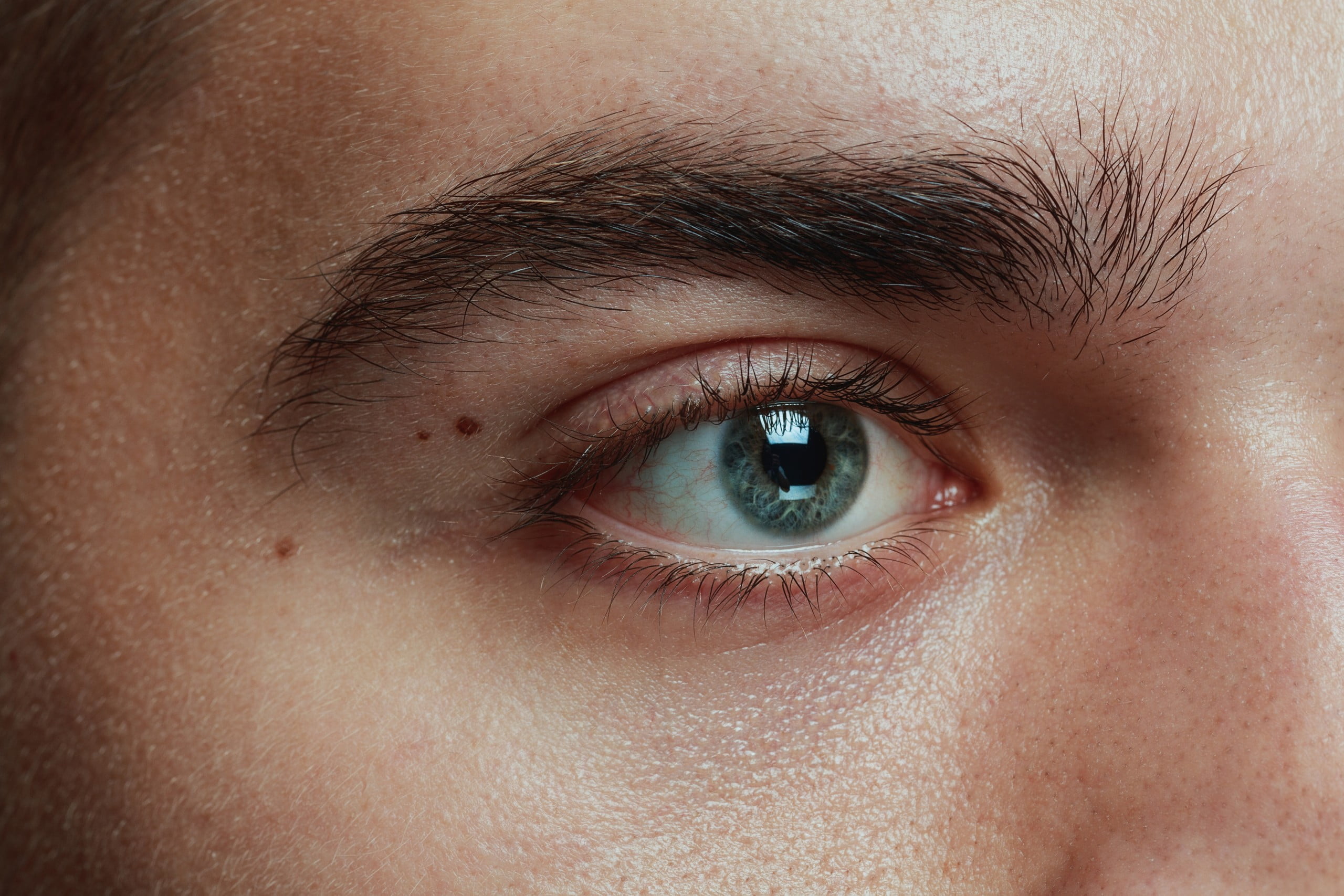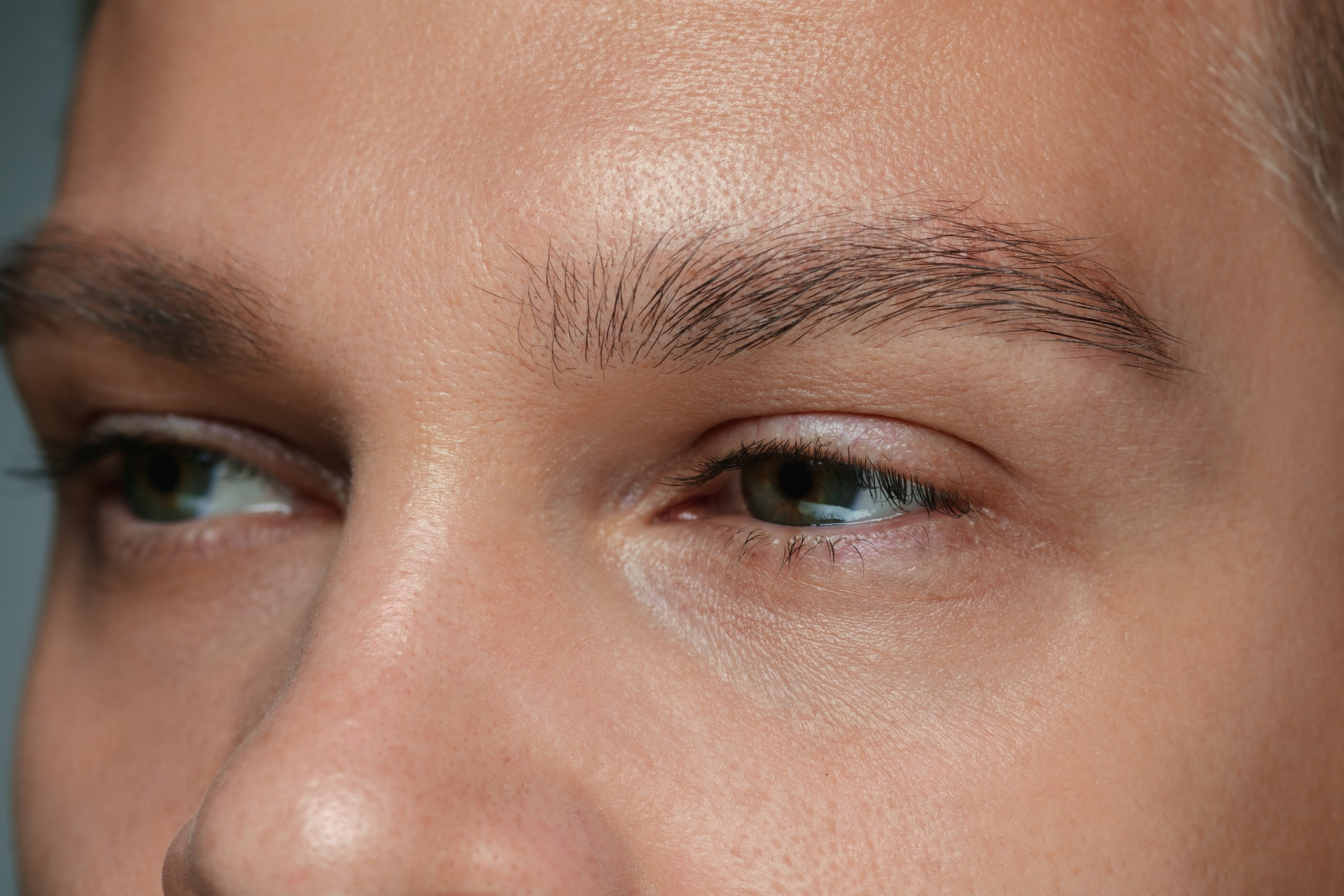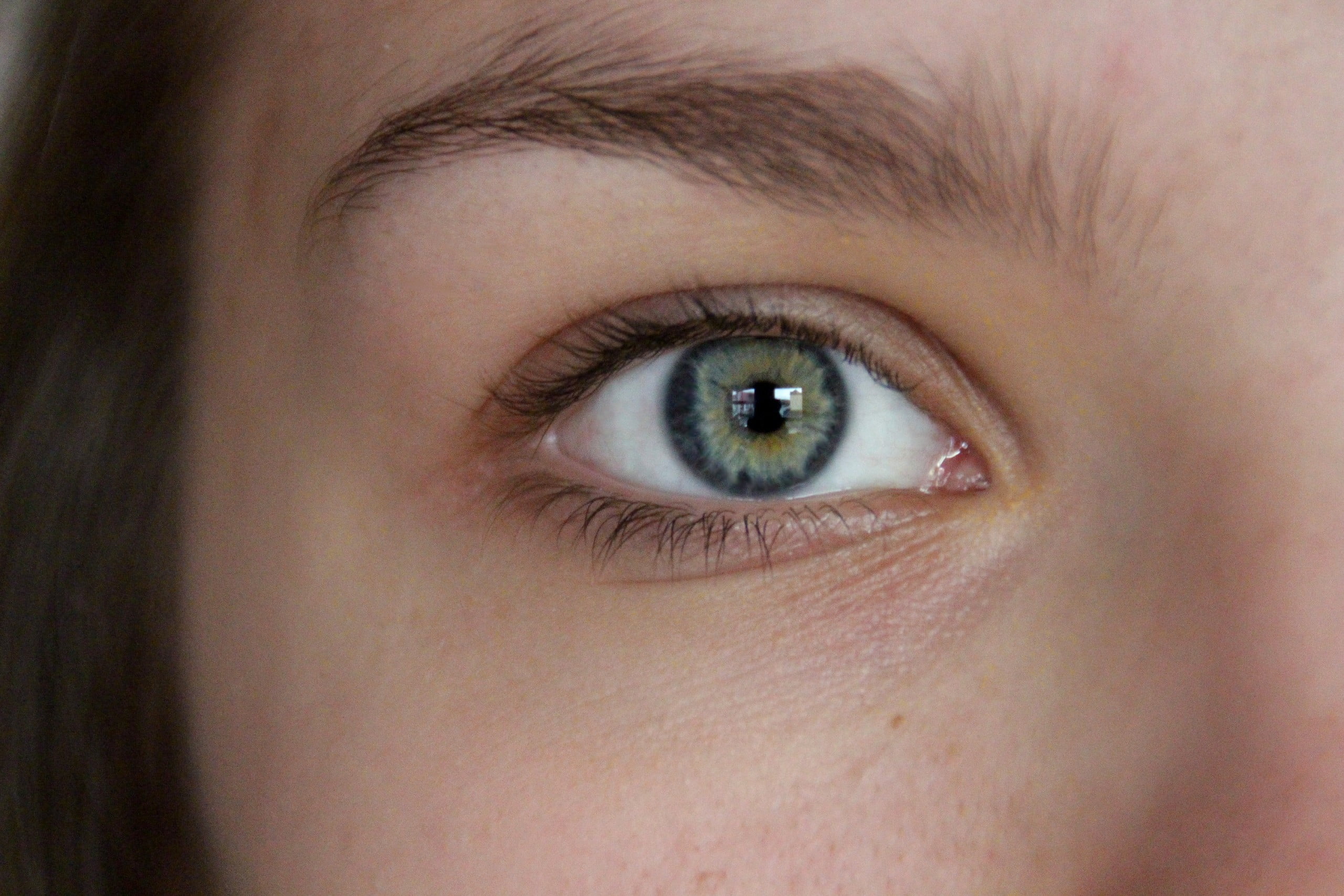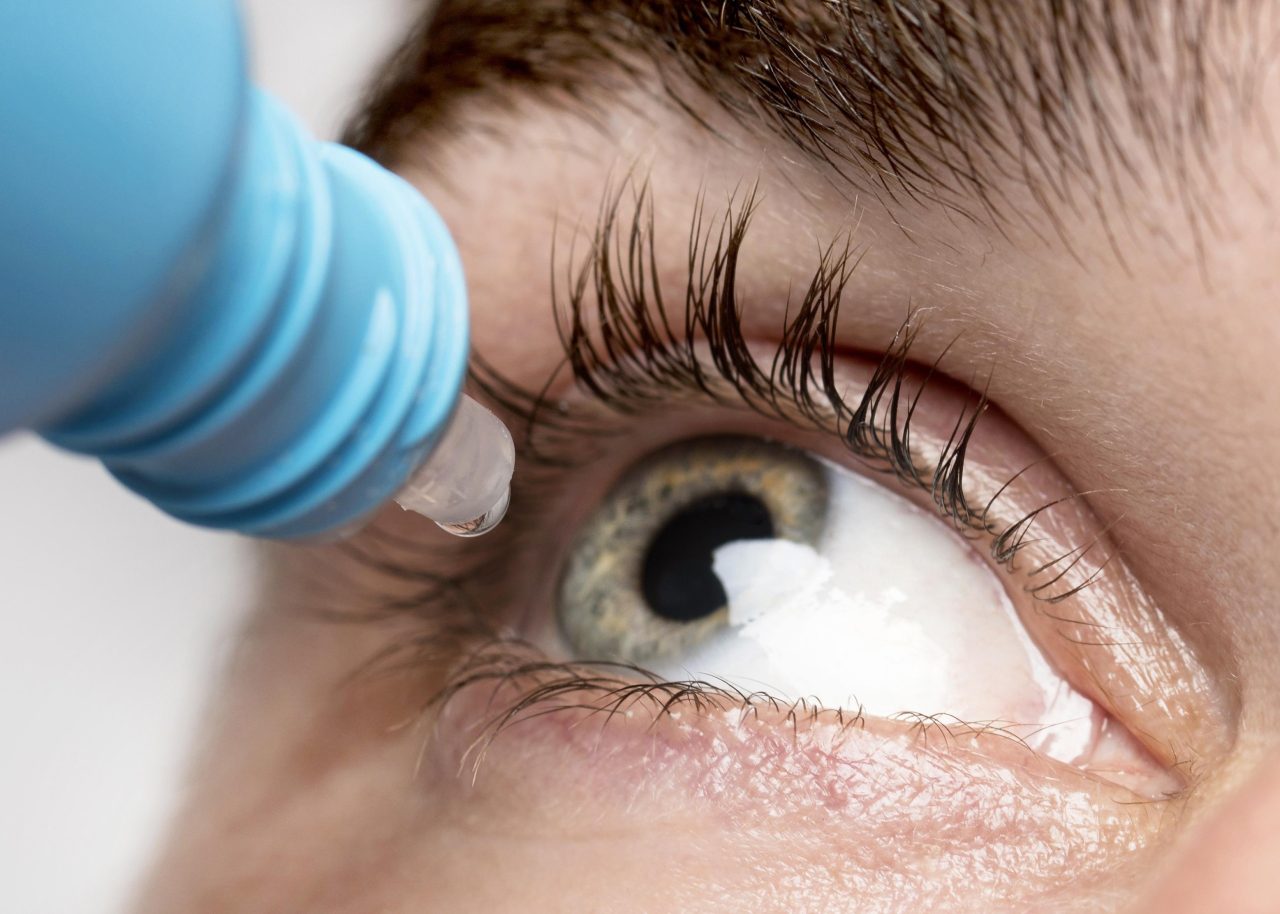Have you ever asked yourself, “Why does my eye keep twitching?” or “Why is my left eye twitching?”
These are the common queries about a phenomenon that many of us experience. Eyelid twitching, medically known as eyelid myokymia, is a repetitive, involuntary spasm of the eyelid muscles. A twitch usually occurs in the upper lid but can occur in both upper and lower lids.
For most people, these mild twitches are usually linked to stress or fatigue and are not a cause for concern. However, persistent eye twitching, progressing to other facial muscles, could hint at a chronic movement disorder such as benign essential blepharospasm or hemifacial spasm.
Understanding why your eye is twitching and the possible implications is the first step towards addressing it effectively. This article explores involuntary eye twitching, providing a comprehensive look at benign essential blepharospasm and hemifacial spasm.
Symptoms
The primary symptom of hemifacial spasm is the involuntary twitching of facial muscles, usually starting around the eye before potentially spreading to the lower face. These spasms are usually brief and can occur irregularly at first, but may become more continuous over time. In severe cases, the spasms may cause the eyelid to completely close, similar to severe cases of blepharospasm.
Potential Causes and Contributing Factors
Although the exact cause of hemifacial spasms is unknown, they are often linked to irritation or damage to the facial nerve. The most common cause is a blood vessel pressing against the facial nerve near where the nerve connects to the brainstem. This pressure can irritate the nerve and lead to muscle contractions, which are characteristic of hemifacial spasms.
Other potential causes include a tumour, cyst pressing on the facial nerve, or a nervous system disorder such as Bell’s palsy.
Stress and fatigue may also trigger or exacerbate symptoms.
Causes and Risk Factors
While the exact causes of eyelid twitching and hemifacial spasms are not fully understood, genetic factors may sometimes play a role. This is particularly true for benign essential blepharospasm.
Some research suggests that certain genetic mutations could make some individuals more susceptible to developing this condition.
Neurological Conditions
Neurological conditions, such as nervous system disorders, can also contribute to both hemifacial spasms and blepharospasms.
For instance, hemifacial spasm is often caused by a blood vessel pressing on the facial nerve. This pressure can irritate the nerve and lead to muscle contractions, which are characteristic of the condition.
Similarly, benign essential blepharospasm is thought to be related to abnormalities in how the nervous system controls muscle movement.
Environmental and Lifestyle Factors
Environmental and lifestyle factors can also contribute to these conditions. Stress and fatigue, for example, are often associated with eyelid twitching. Many people find that their eye twitching for weeks or months can be linked to periods of high stress or inadequate rest.
Similarly, eye strain—such as that which can come from prolonged screen time—can also trigger eyelid twitches. Therefore, managing stress, ensuring adequate rest, and caring for your eyes can be important steps in preventing and managing these conditions.
Diagnosis
A comprehensive diagnosis is important in understanding why your eye keeps twitching and will help to determine the best course of treatment. The process typically involves reviewing your medical history and a thorough physical examination.
Medical History and Symptom Review
The first step in diagnosing conditions such as benign essential blepharospasm or hemifacial spasm is a detailed review of your medical history and symptoms. You will be asked about the frequency and duration of your eye twitching, whether it’s your left eye twitching, right eye twitching, or both, and any other symptoms you may have experienced.
At this point, you should mention whether you have been dealing with an eye twitch for months, or whether it is a recent symptom. It’s also important to mention if you’ve noticed any impacts on your daily life, such as difficulty keeping your eye open or a change in your sensitivity to light.
Physical Examination and Neurological Tests
After the medical history review, a physical examination will be conducted. This may include tests to assess your nervous system’s function and determine whether the twitching affects other facial muscles. For instance, the doctor may look for signs of muscle weakness or changes in sensation. These tests can help rule out other nervous system disorders that could be causing your symptoms.
The Importance of Consulting a Specialist
While the occasional eyelid twitch doesn’t usually indicate a serious problem, persistent eye twitching or twitching that spreads to other facial muscles should be evaluated by a specialist. An eye doctor can provide a definitive diagnosis and help develop an effective treatment plan. Early diagnosis and treatment can significantly improve your quality of life and prevent complications such as vision impairment.
Remember, if you’re experiencing persistent or severe eye twitching, don’t ignore it. Consult a specialist to understand better what’s causing your symptoms and explore your treatment options.
Conclusion
While it can be easy to dismiss mild eye twitching, paying attention to your symptoms and seeking medical help if they persist or worsen is important. A multitude of treatment options, from medications and Botox injections to surgical interventions, are available for managing these conditions effectively. Furthermore, lifestyle adjustments and alternative therapies can also play a significant role in managing symptoms.
At Ezra Clinic, we are committed to providing comprehensive care and support for individuals experiencing persistent eye twitching and other related conditions. Our team of experts is here to help diagnose your condition accurately and guide you through the most suitable treatment options for your specific needs.
Don’t ignore persistent or severe eye twitching. Contact us today for a consultation at Daniel Ezra, and let’s explore your treatment options together.


